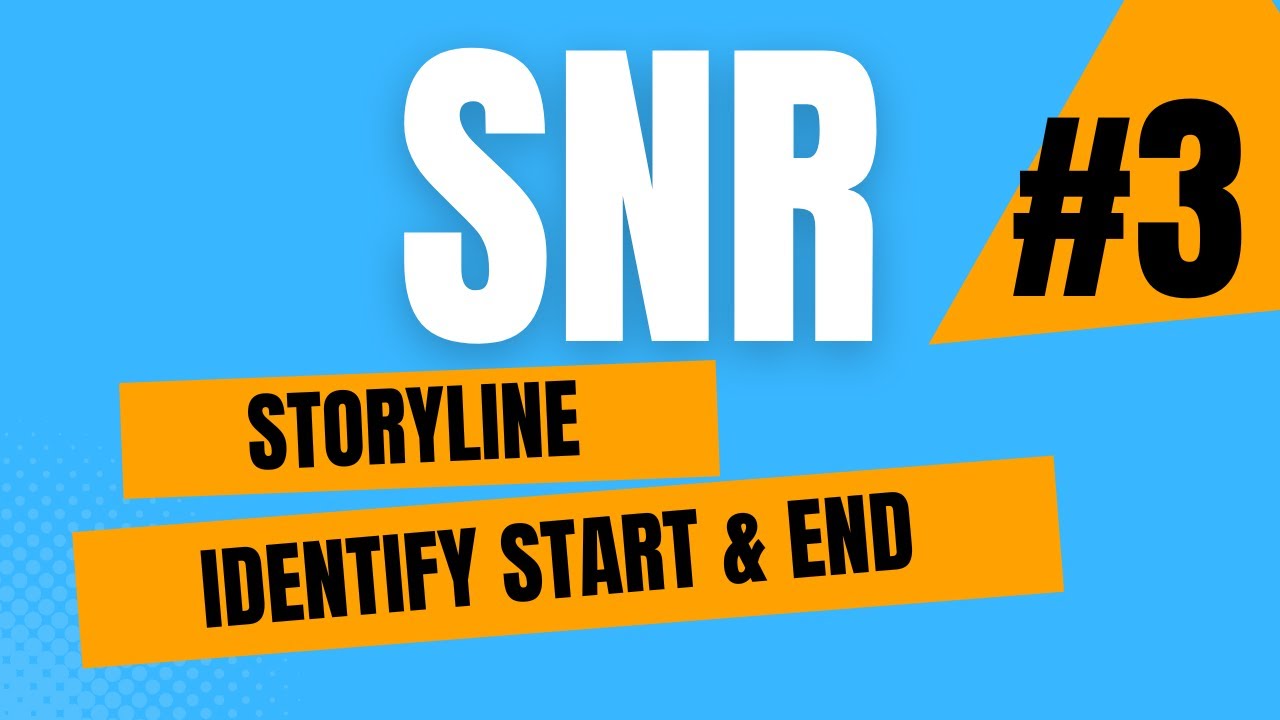Cara Menentukan Support Resistance Part 1 | Kelas Trading Si Koko Saham Hari Ke-8
Summary
TLDRIn this lesson, Andy Senjaya dives into the essential concept of Support and Resistance in stock trading. He explains the fundamental idea of Support as the price level where downward movement halts, and Resistance where upward movement is blocked. Using various techniques, including Classic Support and Resistance, Dynamic Support with trendlines and Moving Averages, Fibonacci levels, and psychological price levels, Andy teaches how to identify key market entry and exit points. The video offers valuable insights for traders to enhance their technical analysis skills and make more informed trading decisions.
Takeaways
- 😀 Support and Resistance are key concepts in technical analysis used to identify price levels where trends may pause or reverse.
- 😀 Support is the price level where a downtrend pauses or reverses, while Resistance is the price level where an uptrend pauses or reverses.
- 😀 An analogy of a ball bouncing between the floor (support) and the ceiling (resistance) helps illustrate the concept of these price levels.
- 😀 Support and Resistance can be used as indicators to determine ideal buy and sell points in stock trading.
- 😀 There are five main methods for determining Support and Resistance: Classic, Dynamic, Fibonacci, Psychological Levels, and Gap.
- 😀 Classic Support and Resistance use horizontal lines to define levels where price tends to reverse, forming static price areas.
- 😀 Dynamic Support and Resistance use trendlines and moving averages to track ongoing market movements, adjusting with price trends.
- 😀 Fibonacci levels, particularly 61.8%, 38.2%, and 50%, can act as strong Support or Resistance areas, aiding in identifying reversal points.
- 😀 Psychological price levels, like round numbers (e.g., 100,000), often act as significant Support or Resistance due to trader behavior.
- 😀 Gaps in price, which occur when no trading happens at certain price levels, can also create areas of strong Support or Resistance.
- 😀 The lesson encourages using multiple methods to determine Support and Resistance, providing a deeper understanding and more accurate analysis of price action.
Q & A
What is the concept of Support and Resistance in trading?
-Support refers to a price level where an asset's price tends to stop falling and reverses direction, while Resistance is the level where the price tends to stop rising and reverses direction.
How can Support and Resistance help traders in making decisions?
-Support and Resistance provide clues on where the price is likely to reverse or stall. By identifying these levels, traders can make informed decisions about when to buy or sell stocks at ideal prices.
What is the analogy used to explain Support and Resistance?
-The analogy compares Support to the floor and Resistance to the ceiling of a room. A ball thrown between the two will bounce off the ceiling (Resistance) and the floor (Support), representing how price movements behave in these areas.
What are the five methods for determining Support and Resistance?
-The five methods are: 1) Classic Support and Resistance, 2) Dynamic Support and Resistance, 3) Fibonacci, 4) Psychological Numbers, and 5) Gaps.
What is the difference between Classic Support/Resistance and Dynamic Support/Resistance?
-Classic Support and Resistance are static levels drawn using horizontal lines, while Dynamic Support and Resistance change over time and are determined by tools like trendlines and moving averages.
How do Fibonacci levels function in determining Support and Resistance?
-Fibonacci levels, such as 38.2%, 50%, and 61.8%, are used to identify potential reversal points. These levels represent a percentage of the prior move and often act as strong Support or Resistance levels.
What are Psychological Numbers in trading, and how do they impact prices?
-Psychological Numbers are round figures (e.g., 1,000, 5,000, 10,000) that traders tend to focus on. These numbers often act as Support or Resistance because they represent significant price points for traders' perceptions and behavior.
How does the concept of 'Support Becomes Resistance' work?
-When a price level that was previously Support is broken downwards, it can turn into Resistance. Conversely, when Resistance is broken upwards, it can turn into Support. This principle helps traders anticipate future price movements.
What is the role of Moving Averages in identifying dynamic Support and Resistance?
-Moving Averages, such as the 20-period Moving Average, act as dynamic Support and Resistance. When the price is above the moving average, it acts as Support, and when the price is below, it acts as Resistance.
Why do gaps in the price chart act as Support or Resistance?
-Gaps occur when there is a significant difference between the closing price of one day and the opening price of the next. These gaps can create areas where the price struggles to break through, acting as Support or Resistance.
Outlines

このセクションは有料ユーザー限定です。 アクセスするには、アップグレードをお願いします。
今すぐアップグレードMindmap

このセクションは有料ユーザー限定です。 アクセスするには、アップグレードをお願いします。
今すぐアップグレードKeywords

このセクションは有料ユーザー限定です。 アクセスするには、アップグレードをお願いします。
今すぐアップグレードHighlights

このセクションは有料ユーザー限定です。 アクセスするには、アップグレードをお願いします。
今すぐアップグレードTranscripts

このセクションは有料ユーザー限定です。 アクセスするには、アップグレードをお願いします。
今すぐアップグレード関連動画をさらに表示

Cara Beli Saham | Bid Offer Saham | Auto Rejection | Kelas Trading Si Koko Saham Hari ke-2

Belajar Saham Dari 0 | Keuntungan Investasi / Trading Saham | Kelas Trading Si Koko Saham Hari ke-1

Kapan Waktu yang Tepat untuk Beli Saham? Tips Pakai Support dan Resistance | feat. Michael Yeoh

Support dan resistance untuk pemula

Intro to Storyline (Identifying potential start & end)

Cara Pakai Support & Resistance (Praktek Analisa Teknikal Saham)
5.0 / 5 (0 votes)
